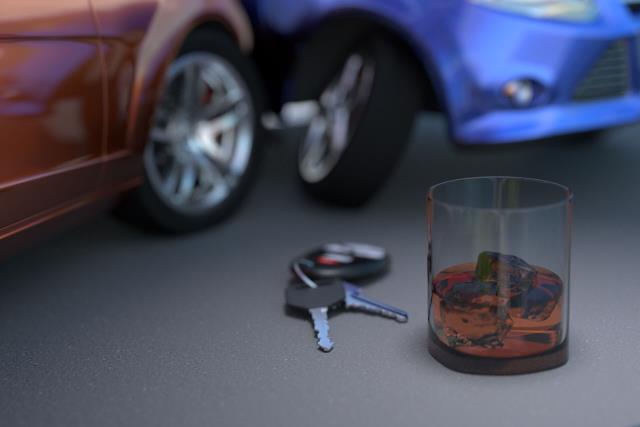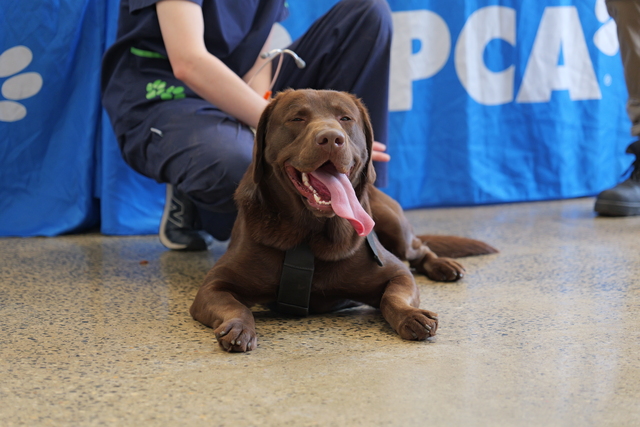Heading south as a part of a task force of 22 fire trucks on Wednesday 16 February 1983, Jim Read was driving a C Line International truck alongside a young crew.
“At that stage, we were going to Trentham for a large fire. I drove the Glenrowan truck, they didn’t have a driver so I said I’d do it,” Mr Read.
“We left Wangaratta in the early evening or the early late afternoon before being told we’d be going to a fire in Deans Marsh.”
The convoy continued down the Hume Highway, but after stopping in Wandong for tea, the message came down the line, diverting them again.
“We were told we would be going to Cockatoo, our third different place we’d been sent,” Mr Read said.
“We came back down the Hume Highway and then Manningham Road and through Doncaster, there were people lining up on the sides of the street clapping us as we drove along.”
Once arriving at Woori Yallock-Cockatoo Road and eventually closer to the town of Cockatoo itself, the firefighters set about working through heavy scrub as they waited for the fire to meet them on the grassland.
“We held it there in that small section we were at, where we were joined by members of the Australian Defence Force Fire Service,” Mr Read said.
“As luck would have it, they had a tanker with a 20,000-pound winch on the front, which later on during the day would be very important to us.”
Mr Read said dryness on the day and drought in the lead-up to February 1983 contributed to the severity of the fires.
“I was driving a truck and the grass fire was running so fast, I was almost in third gear trying to catch up with it,” he said.
“The fellows on the back were knocking it down, doing a pretty good job, but then we’d come to the fence line, I’d pull up and the fire went straight across the road and kept going.
“It was 3am in the morning, fires aren’t supposed to do that.”
After working through the night, the decision was made to head to Warburton, but “the fire beat us there.”
The firefighters set up near a Forest Commission house at O’Shannassey Reserve with the 12 trucks remaining. Mr Read said as the fires surrounded the weary crew, they circled their trucks and prepared themselves in an area the size of a football field.
“Fire burned around us a couple of times and in different directions, but we were stuck in there for five or six hours,” he said.
“We were trying to round it up by going up through towards that lake and then we got caught by the fire. We had our wits about us and we came back out.”
The decision was made to head to Marysville and using chainsaws and the winch on the army truck, the firefighters were able to cut down the trees while the army crew removed the large debris from the road for five kilometres, before meeting with a bulldozer clearing the way, where they were relieved.
Mr Read said in the aftermath of Ash Wednesday fire fighting changed immensely.
“There were some very intelligent people in CFA that realised the trucks and equipment that we had were completely useless for what we were trying to achieve on those particular days,” he said.
“All our trucks and pumps were petrol and a lot of those vaporised on the day due to the heat.”
On Ash Wednesday, it was a common sight to see Austin Tankers with their bonnets up and broken down, after their fuel had vaporised from the heat.
Mr Read said the tankers often had a single pipe around the outside which firefighters used to hang onto, giving zero protection from the heat or fire.
“You couldn’t get close to a running grass fire because the heat and the flames would be up around you,” he said.
“A couple of good fellows in the CFA like Rich Mckay and Trevor Roach designed a truck that had heat shields on the side, a large square fibreglass tank that didn’t rust and changed all the pumps to diesel.”
He said while you still can’t drive into an inferno, the trucks gave better protection for crew members and added larger pumps for increased water impact on the flames.
“The last 750 litres of water on the trucks are now specifically for crew protection and burn-over protection,” he said.
“We’re in a much safer environment now. We’ve come a long way in those 40 years since 1983 and I think if we look back at the Black Saturday fires, no one on a fire truck died.”
Jim Read is still fighting fires 40 years later with Scoresby CFA, where he was the captain of the brigade and won an Australian Fire Service Medal, recognising his distinguished service as a firefighter.







